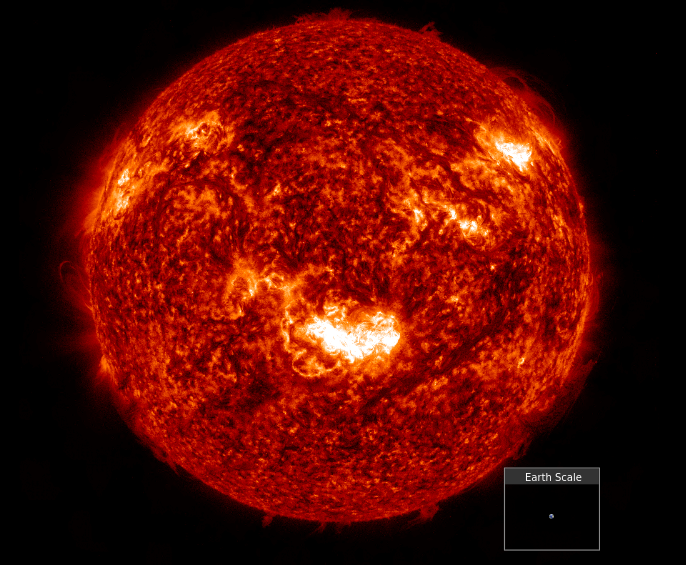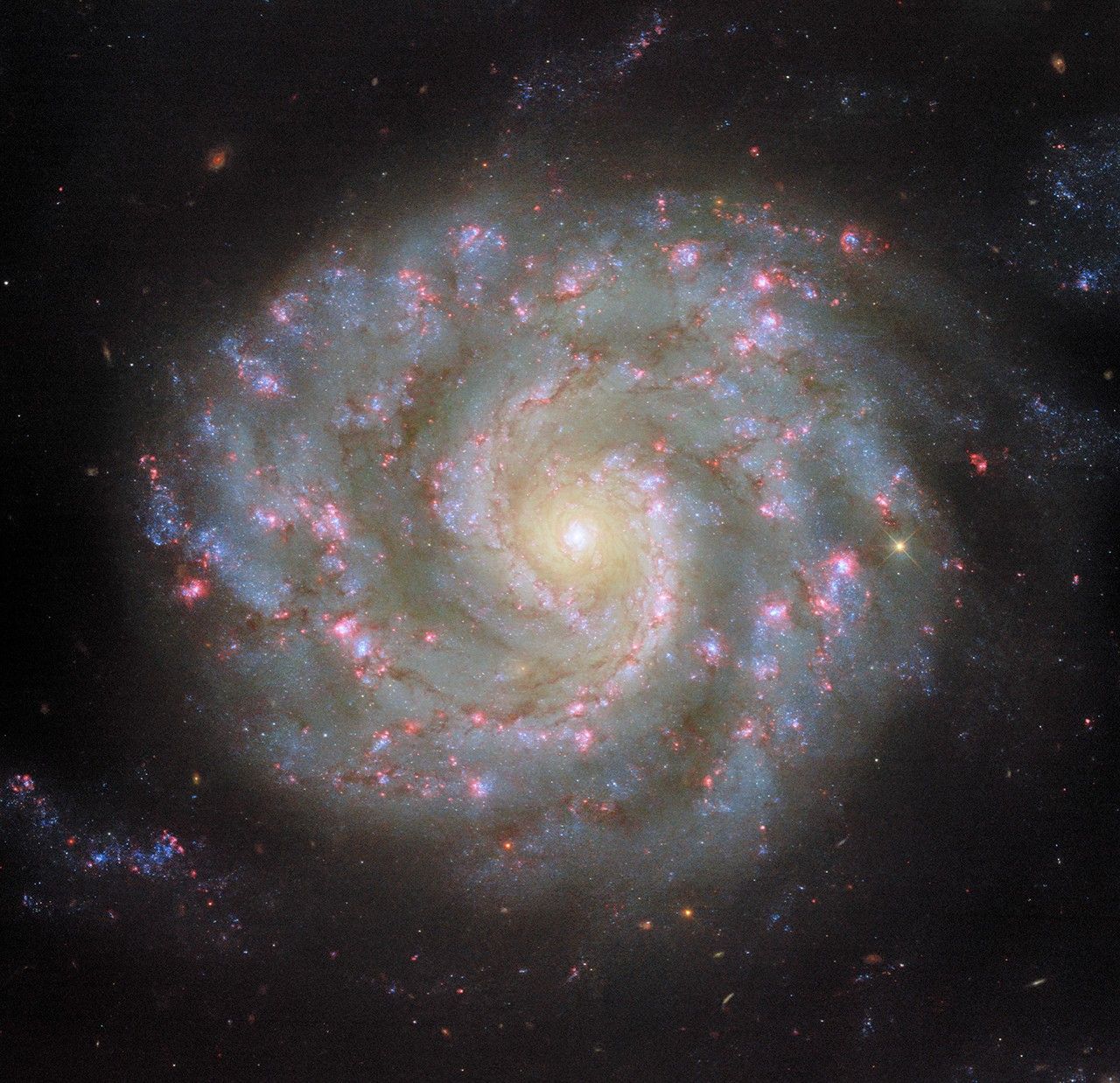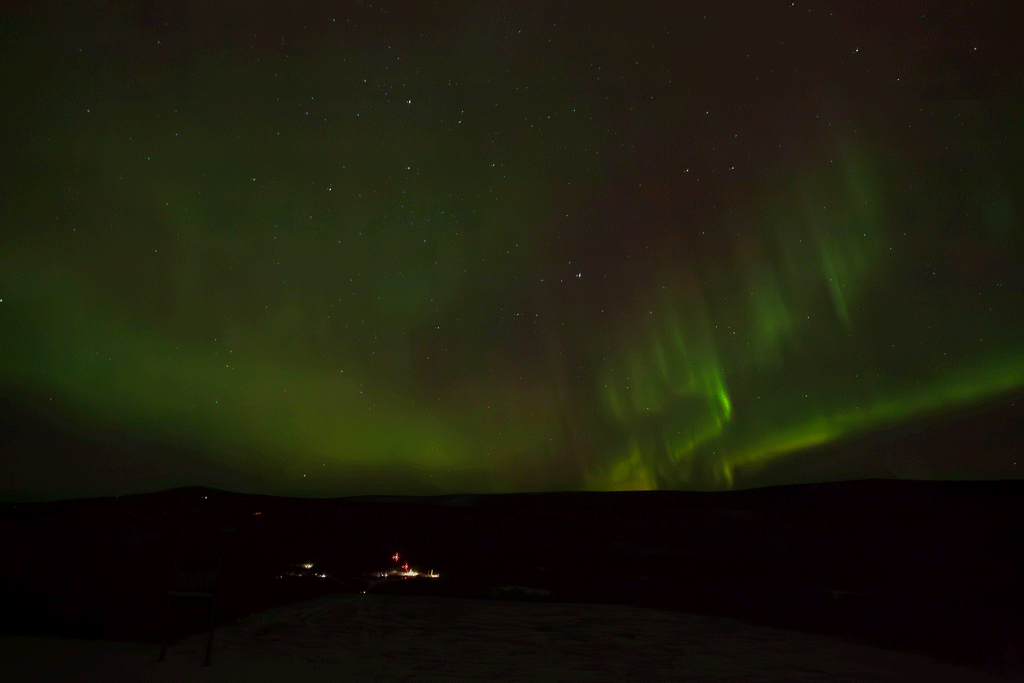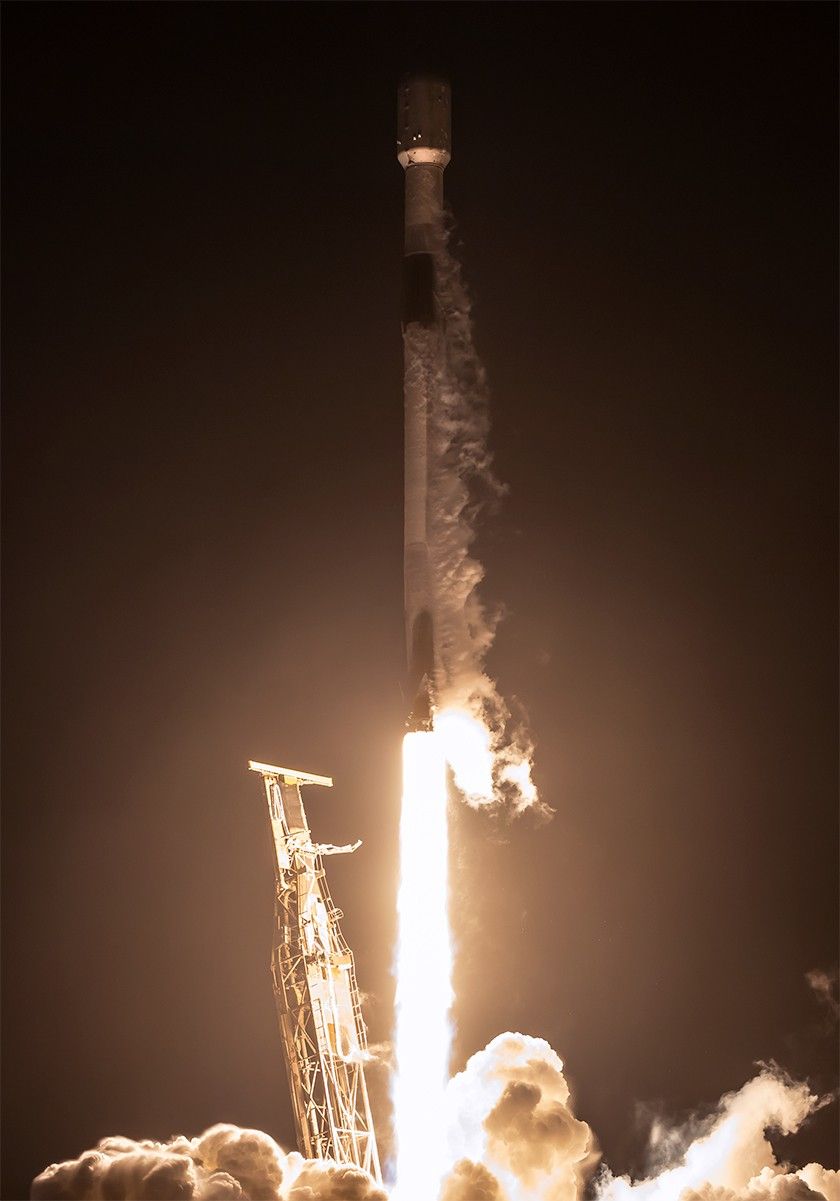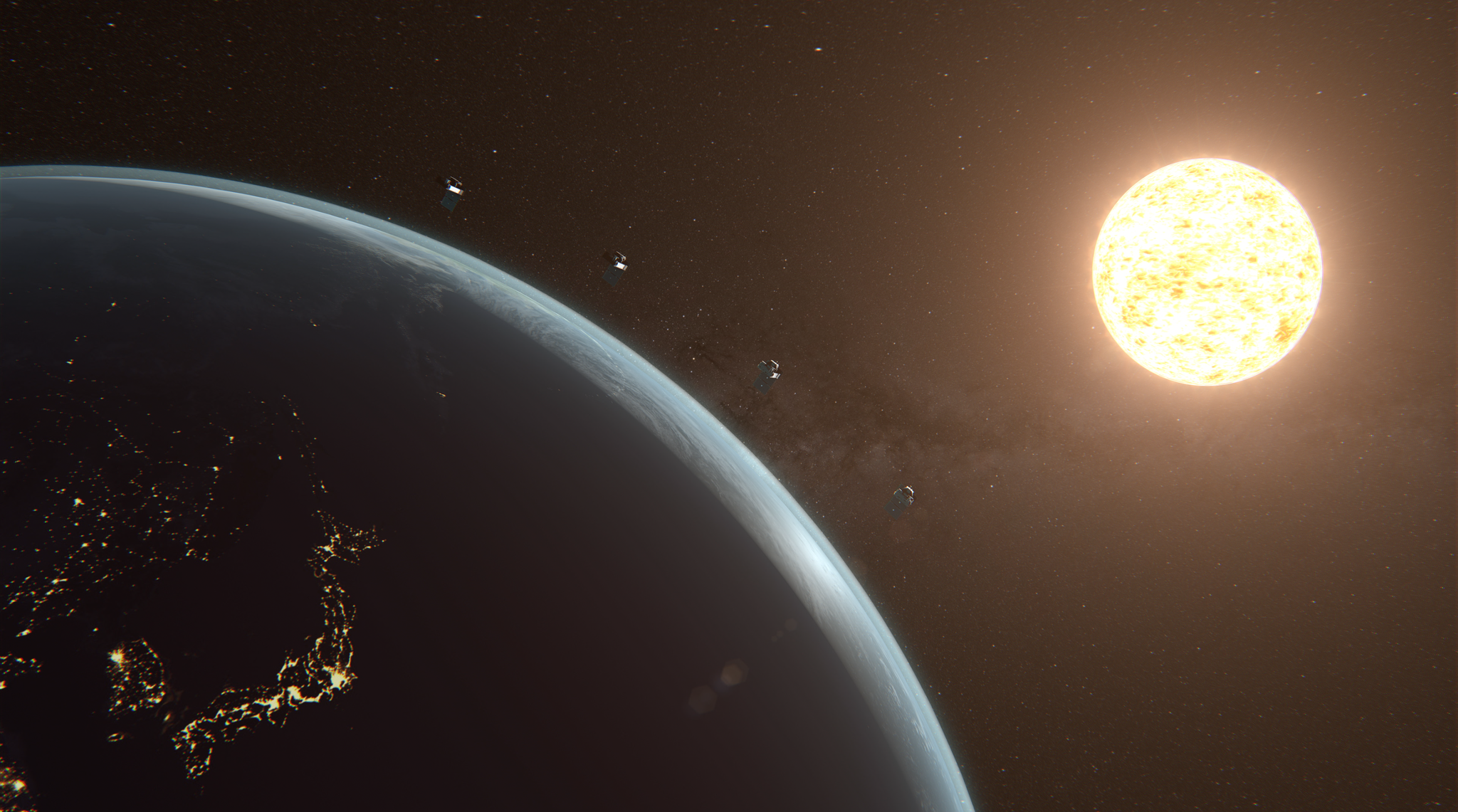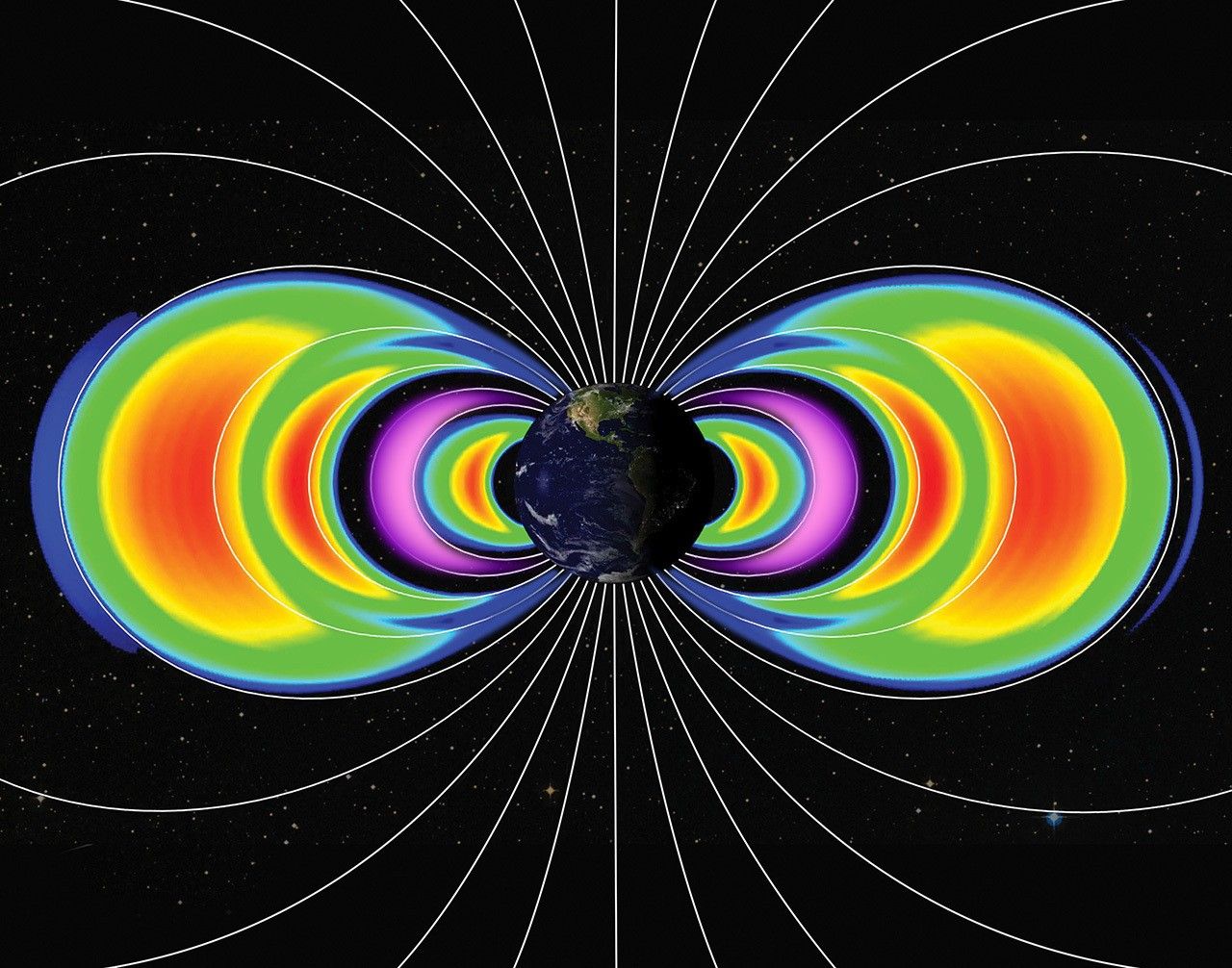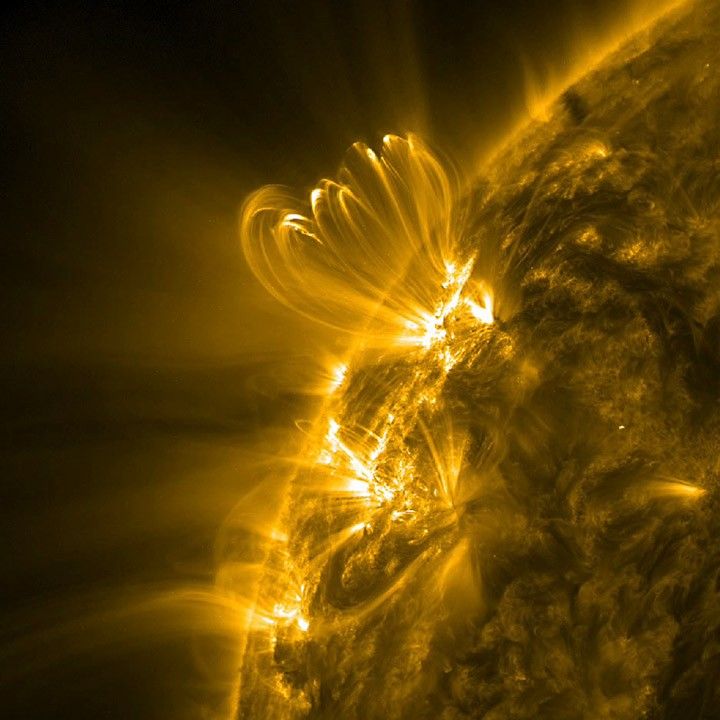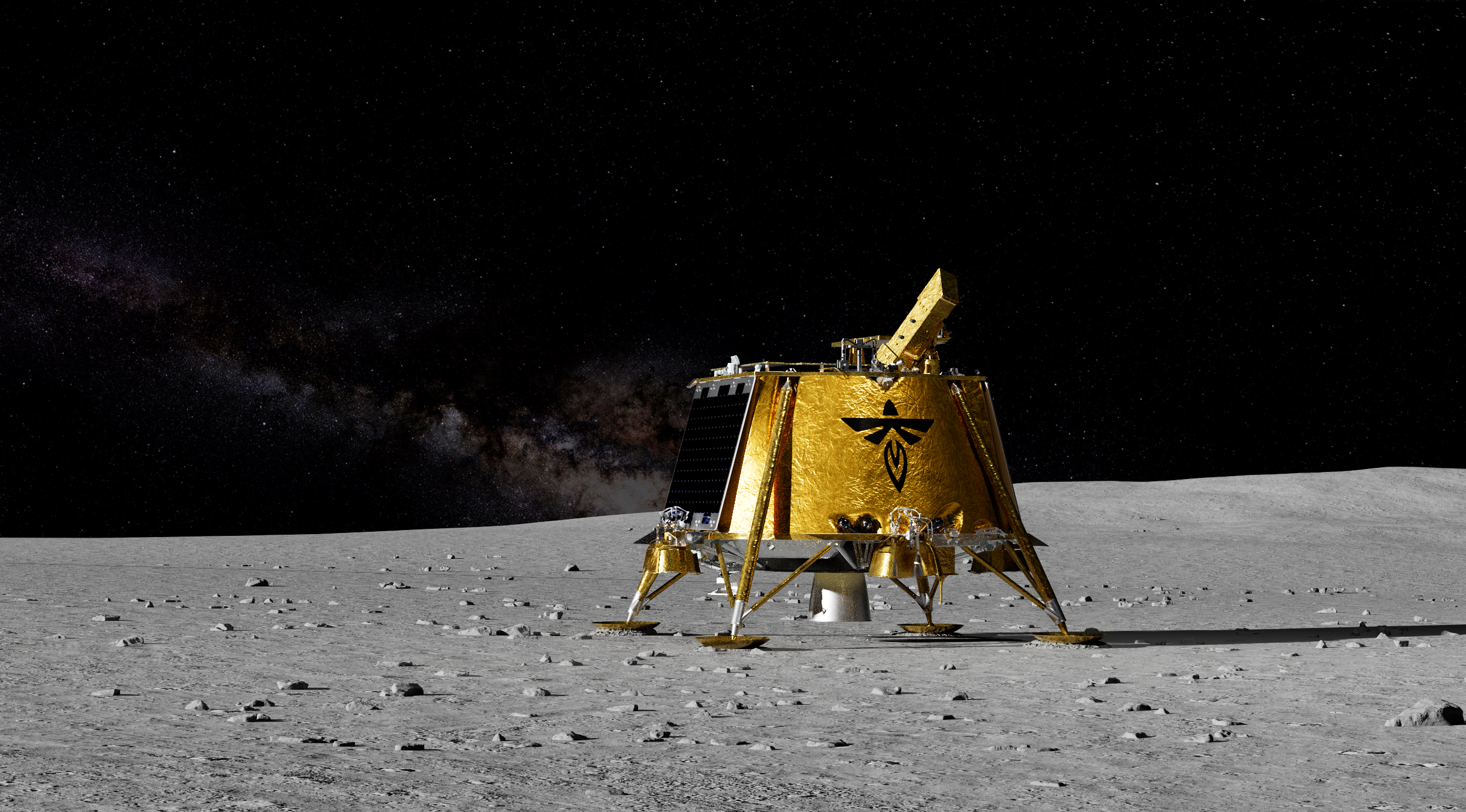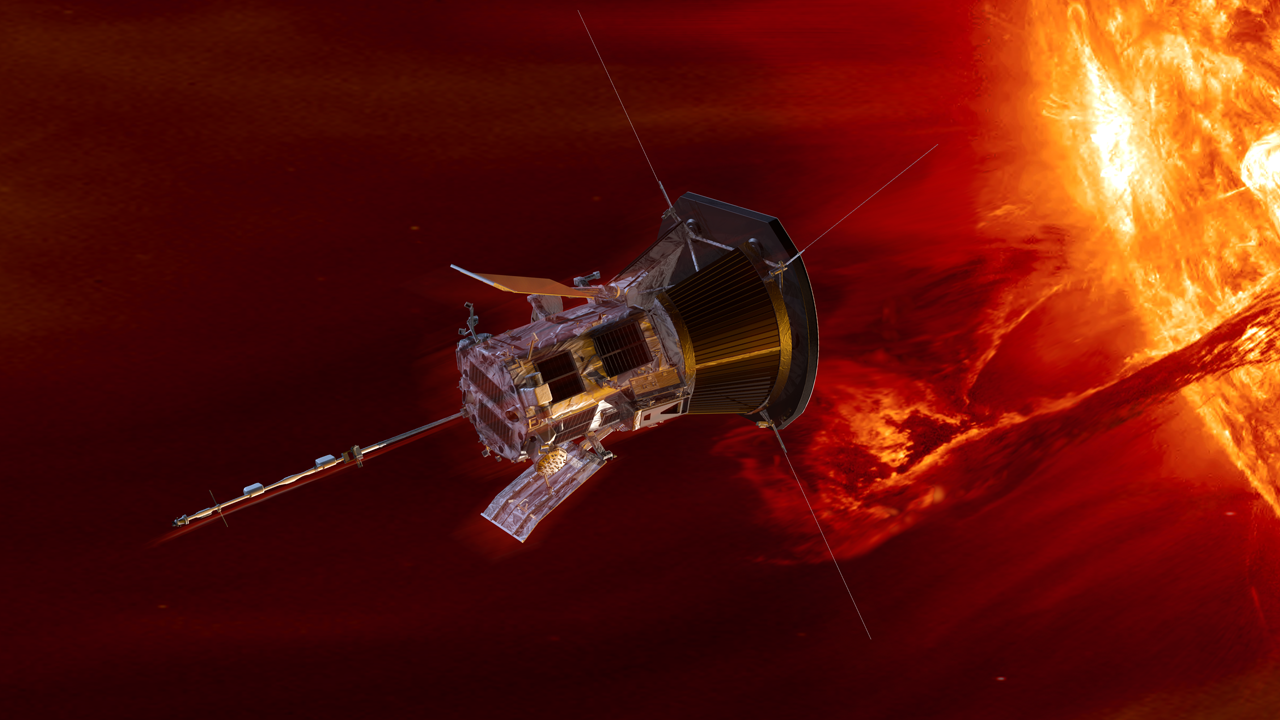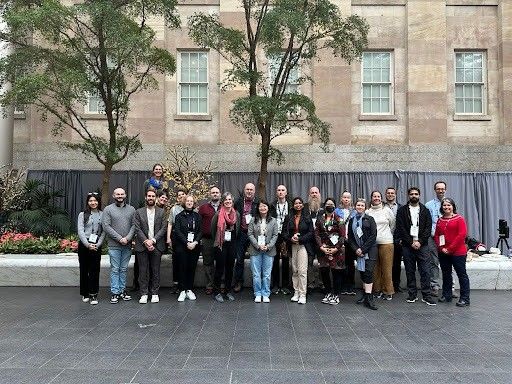6 min read What NASA Is Learning from the Biggest Geomagnetic Storm in 20 Years One year on, NASA scientists are still making huge discoveries about the largest geomagnetic storm to hit Earth in two decades, the Gannon storm. The findings are helping us better understand and prepare for the ways in which the Sun’s activity can affect us. On May 10, 2024, the first G5 or “severe” geomagnetic storm in over two decades hit Earth. The event did not cause any catastrophic damages, but it did produce surprising effects…
Read MoreTag: Heliophysics Division
NASA Earns Two Emmy Nominations for 2024 Total Solar Eclipse Coverage
3 min read Preparations for Next Moonwalk Simulations Underway (and Underwater) NASA’s coverage of the April 8, 2024, total solar eclipse has earned two nominations for the 46th Annual News & Documentary Emmy Awards. The Academy of Television Arts & Sciences announced the nominations on May 1, recognizing NASA’s outstanding work in sharing this rare celestial event with audiences around the world. The winners are set to be unveiled at a ceremony in late June. “Total solar eclipses demonstrate the special connection between our Earth, Moon, and Sun by impacting…
Read MoreNASA to Launch Three Rockets from Alaska in Single Aurora Experiment
4 min read NASA to Launch Three Rockets from Alaska in Single Aurora Experiment Three NASA-funded rockets are set to launch from Poker Flat Research Range in Fairbanks, Alaska, in an experiment that seeks to reveal how auroral substorms affect the behavior and composition of Earth’s far upper atmosphere. The experiment’s outcome could upend a long-held theory about the aurora’s interaction with the thermosphere. It may also improve space weather forecasting, critical as the world becomes increasingly reliant on satellite-based devices such as GPS units in everyday life. Colorful ribbons…
Read MoreNASA’s EZIE Launches on Mission to Study Earth’s Electrojets
A SpaceX Falcon 9 rocket lifts off from Vandenberg Space Force Base, carrying NASA’s EZIE spacecraft into orbit. SpaceX Under the nighttime California sky, NASA’s EZIE (Electrojet Zeeman Imaging Explorer) mission launched aboard a SpaceX Falcon 9 rocket at 11:43 p.m. PDT on March 14. Taking off from Vandenberg Space Force Base near Santa Barbara, the EZIE mission’s trio of small satellites will fly in a pearls-on-a-string configuration approximately 260 to 370 miles above Earth’s surface to map the auroral electrojets, powerful electric currents that flow through our upper atmosphere in the polar…
Read MoreNASA’s PUNCH Mission to Revolutionize Our View of Solar Wind
6 Min Read NASA’s PUNCH Mission to Revolutionize Our View of Solar Wind Earth is immersed in material streaming from the Sun. This stream, called the solar wind, is washing over our planet, causing breathtaking auroras, impacting satellites and astronauts in space, and even affecting ground-based infrastructure. NASA’s PUNCH (Polarimeter to Unify the Corona and Heliosphere) mission will be the first to image the Sun’s corona, or outer atmosphere, and solar wind together to better understand the Sun, solar wind, and Earth as a single connected system. Launching no earlier…
Read MoreNASA CubeSat Finds New Radiation Belts After May 2024 Solar Storm
5 min read NASA CubeSat Finds New Radiation Belts After May 2024 Solar Storm Key Points The May 2024 solar storm created two new temporary belts of high-energy particles surrounding Earth. Such belts have been seen before, but the new ones were particularly long lasting, especially the new proton belt. The findings are particularly important for spacecraft launching into geostationary orbits, which can be damaged as they traverse the dangerous belts. The largest solar storm in two decades hit Earth in May 2024. For several days, wave after wave of…
Read MoreNASA Solar Observatory Sees Coronal Loops Flicker Before Big Flares
3 min read NASA Solar Observatory Sees Coronal Loops Flicker Before Big Flares For decades, scientists have tried in vain to accurately predict solar flares — intense bursts of light on the Sun that can send a flurry of charged particles into the solar system. Now, using NASA’s Solar Dynamics Observatory, one team has identified flickering loops in the solar atmosphere, or corona, that seem to signal when the Sun is about to unleash a large flare. These warning signs could help NASA and other stakeholders protect astronauts as well…
Read MoreNASA’s LEXI Will Provide X-Ray Vision of Earth’s Magnetosphere
5 min read NASA’s LEXI Will Provide X-Ray Vision of Earth’s Magnetosphere A NASA X-ray imager is heading to the Moon as part of NASA’s Artemis campaign, where it will capture the first global images of the magnetic field that shields Earth from solar radiation. The Lunar Environment Heliospheric X-ray Imager, or LEXI, instrument is one of 10 payloads aboard the next lunar delivery through NASA’s CLPS (Commercial Lunar Payload Services) initiative, set to launch from the agency’s Kennedy Space Center in Florida no earlier than mid-January, with Firefly Aerospace’s Blue Ghost…
Read MoreNASA’s Parker Solar Probe Makes History With Closest Pass to Sun
5 Min Read NASA’s Parker Solar Probe Makes History With Closest Pass to Sun An artist’s concept showing Parker Solar Probe. Credits: NASA/APL Operations teams have confirmed NASA’s mission to “touch” the Sun survived its record-breaking closest approach to the solar surface on Dec. 24, 2024. Breaking its previous record by flying just 3.8 million miles above the surface of the Sun, NASA’s Parker Solar Probe hurtled through the solar atmosphere at a blazing 430,000 miles per hour — faster than any human-made object has ever moved. A beacon tone…
Read MoreScience Done by Volunteers Highlighted at December’s American Geophysical Union Meeting
More than 30,000 scientists gathered in Washington, D.C. during the second week of December – many to show off the work of NASA’s science volunteers! The American Geophysical Union held its annual meeting of professionals this month – the world’s largest gathering of Earth and Space Scientists. Here’s what they were talking about. Eighteen NASA-sponsored project team members presented discoveries made with volunteers on topics from solar eclipses to global freshwater lake monitoring and exoplanet research. Overall, 175 posters and presentations featured the work of volunteers (up from 137 in…
Read More